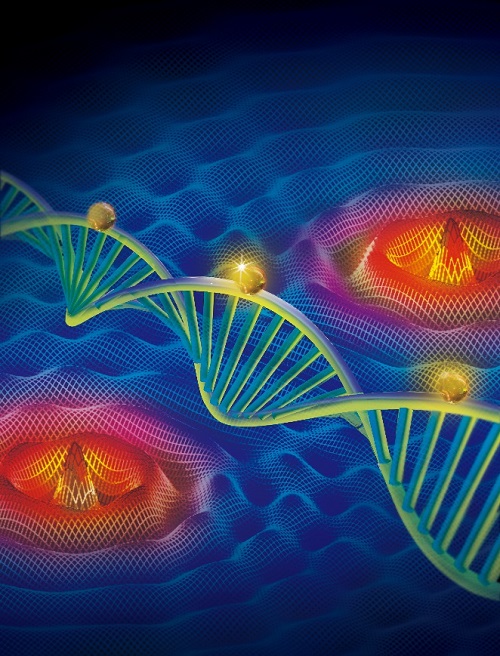Chinese Scientists Develop New Interferometric Single Molecule Localization Microscopy
Although various image based central position estimation (termed “centroid fitting”) such as 2D Gaussian fitting methods have been commonly used in single molecule localization microscopy (SMLM) to precisely determine the location of each fluorophore, improving the single molecule lateral localization precision to molecular scale (<2 nm) for high throughput nanostructure imaging remains a challenge.
Recently a study led by Prof. XU Tao and Prof. JI Wei from Institute of Biophysics (IBP), Chinese Academy of Sciences was published in Nature Methods. In their work researchers developed a new interferometric single molecule localization microscopy with fast modulated structured illumination which named ROSE (Repetitive Optical Selective Exposure). ROSE utilized six different direction and phase interference fringes to excite the fluorescent molecules, the intensity of the fluorescent molecules is closely related to the phase of the interference fringes. A fluorescence molecule is located by the intensities of multiple excitation patterns of an interference fringe, providing around two-fold improvement in the localization precision. This technique pushed the resolution of the single molecule localization microscopy (SMLM) to less than 3 nm (~1 nm localization precision).
Researches designed three different lattice grids of DNA origami structures with 5, 10, 20 nm point-to-point spacing to verified the performance of ROSE. Both conventional centroid fitting and ROSE could resolve the 20 nm structure at the same photon budget. ROSE could also clearly resolve 10 nm distance, which could not be resolved by centroid fitting. They further demonstrated that ROSE could resolve 5 nm structure at a resolution of ~3 nm over a large field of view of 25 x 25 μm2, which mean that ROSE has the ability to push the resolving power of SMLM to the molecular scale.
Researches also analyzed cellular nanostructures using ROSE. The results showed that ROSE has advantages in resolving hollow structure of single microtubule filaments, small clathrin-coated pits (CCPs) and cellular nanostructures of actin filament. The FRC analysis indicated that ROSE improved final resolution by 2 fold compared with the centroid fitting method.
ROSE could be extended to three-dimensional nanometer-scale imaging by introducing additional excitation patterns along the axial direction. They envisioned that this method could extend the application of SMLM in biomacromolecule dynamic analysis and structural studies at molecular scale.
This work has been published online ahead of printing in Nature Methods on Sep 9th, 2019 tilted " Molecular resolution imaging by repetitive optical selective exposure ".

Figure 1. Schematic diagram of ROSE (Image by WANG Guoyan and OU Nanjun)
Contact: Wei Ji
Institute of biophysics, Chinese Academy of Sciences
Beijing100101, China
Tel: (86)-10-64888846
Email: jiwei@ibp.ac.cn
(Reported by Dr. JI Wei)

